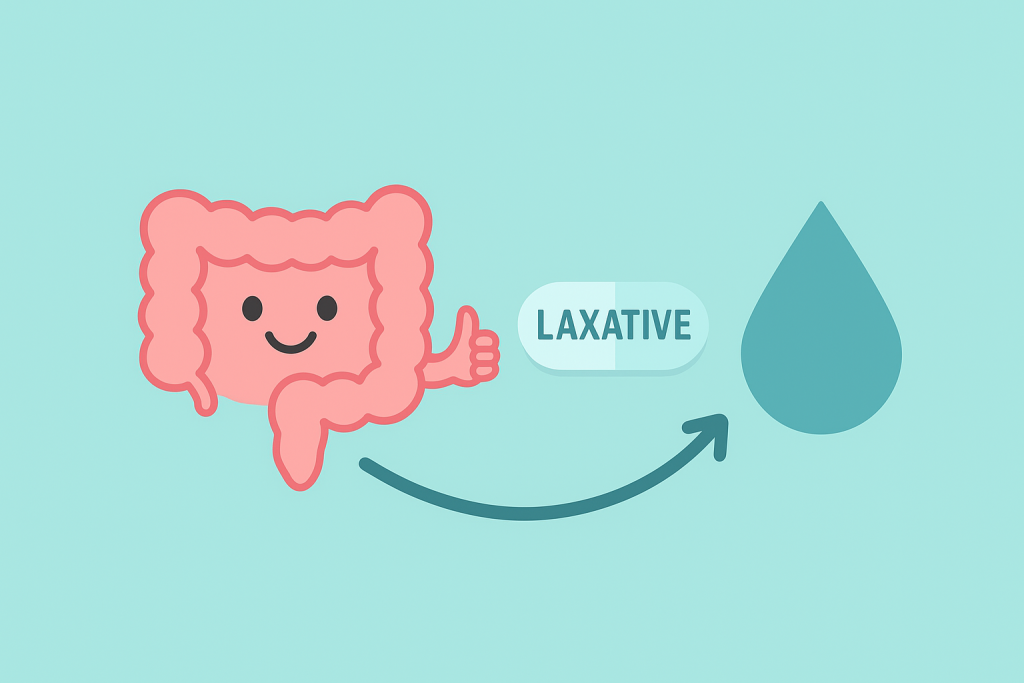
As if anything to do with human bodily functions can be anything but disgusting, we still need to talk about poo.
It is not the most glamorous subject, but for anyone on peritoneal dialysis (PD), bowel movements are more than an everyday detail – they are part of the treatment.
PD relies on a soft catheter that sits in the lower abdomen. This catheter delivers dialysate into the peritoneal cavity and drains it out again. For it to work, the catheter needs space and a clear path. That is where the subject of poo comes in.
If the bowel is full, it can press against the catheter. This can cause several problems:
- The catheter may not drain properly, leaving fluid behind.
- Flow of fresh dialysate can be restricted.
- Discomfort, cramping, and poor dialysis efficiency may follow.
To prevent this, patients are often prescribed regular laxatives. The aim is not to create constant diarrhoea but to ensure that the bowel keeps moving and does not become obstructed. In practice, PD only functions well when the abdomen is not crowded. A sluggish bowel means a sluggish dialysis.
This is why nurses and doctors will ask about bowel habits just as often as they ask about fluid balance or blood results. It is also why many patients find themselves monitoring poo in a way they never did before. Regular, comfortable bowel movements become part of the treatment plan, not a side issue.
In short: with PD, poo matters. The catheter works best when it has space, and the only way to guarantee that is to keep the bowel moving.
It’s often the case that patients with kidney failure start to suffer with constipation early on and this often manifests with bypass-diarrhea where the blockage is not cleared properly. I would urge anyone else going through such symptoms of cycling blockage <> diarreah to get that sorted AHEAD of starting dialysis as it will help your PD team determine an accurate laxative regeime on day 1 for you.
Leave a Reply